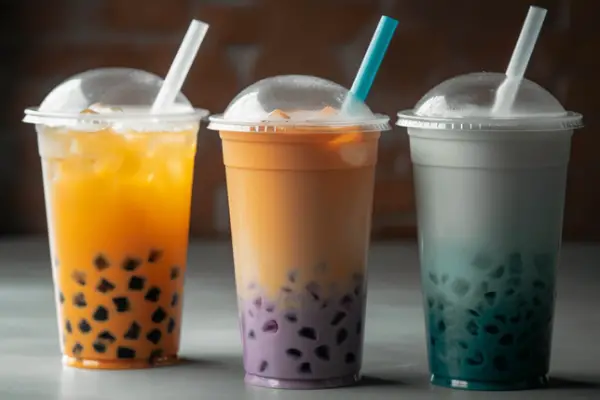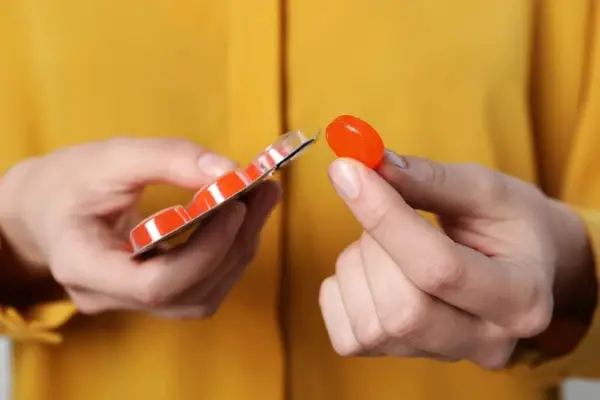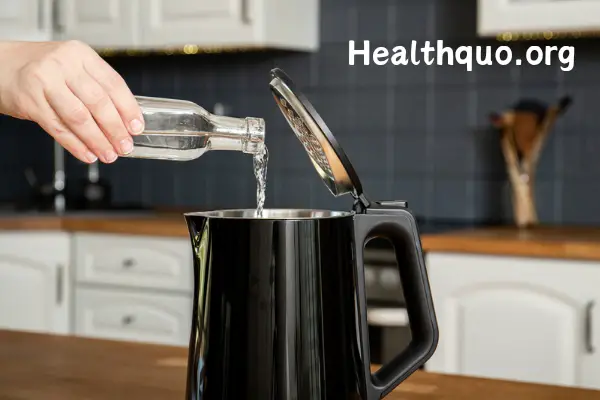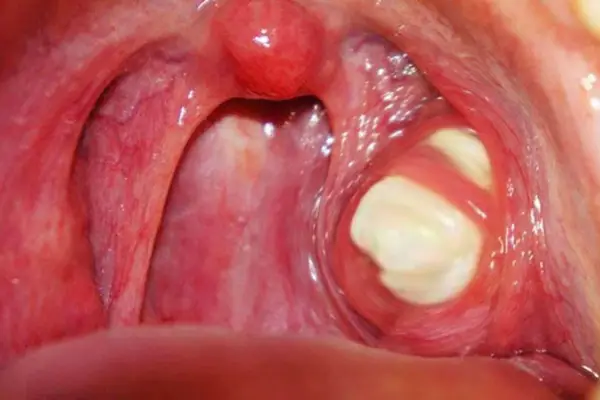Swallowing one or two unchewed tapioca pearls from boba tea is usually harmless for most people, as the digestive system can break them down over time. However, consuming large quantities without chewing can lead to potential issues, such as digestive discomfort or, in severe cases, constipation that may require medical attention.
Additionally, there’s a risk of aspiration pneumonia or choking hazards, especially for young children or those with difficulty swallowing. To enjoy boba tea safely, it’s important to chew the pearls thoroughly before swallowing to minimize any health risks.
What Are Boba Balls Made Up Of?
The primary ingredient in boba balls is tapioca starch, derived from the cassava root. Cassava is a starchy tuber native to South America but now cultivated in many tropical regions. Tapioca starch is extracted from the cassava plant, processed, and turned into a fine, white powder. This starch is gluten-free, making it an excellent option for those with gluten sensitivities.
In addition to tapioca starch, boba balls may also contain other ingredients to enhance their flavor and appearance:
Water: Essential for forming the dough.
Sugar: Often added to the dough to sweeten the pearls. Some recipes use brown sugar, contributing to the rich color and flavor of the boba.
Flavorings and Colorings: While traditional boba balls are typically flavorless aside from their sweetness, some variations include additional flavorings and colorings to complement specific drinks.

How Are Boba Balls Made?
The process of making boba balls involves several steps, from mixing the ingredients to forming the pearls and cooking them.
To begin with, the tapioca starch is mixed with water and sugar (if used) until a dough forms. The ratio of tapioca starch to water is crucial; too much water can make the dough too sticky, while too little can make it crumbly.
Once the dough is the right consistency, it is divided into smaller portions and rolled into long strands. These strands are then cut into small pieces, which are rolled between the hands or on a flat surface to form the spherical pearls. This step requires patience and skill to ensure the pearls are uniform in size.
After forming, the pearls are boiled in water for 20-30 minutes. The boiling process is critical as it turns the pearls from white and hard to translucent and chewy. The pearls expand and become gelatinous in texture.
In some recipes, the pearls are often soaked in a sugar syrup or honey solution after boiling to add sweetness and preserve their chewiness. This step also helps to prevent them from sticking together.
The boba pearls are ready to be added to bubble tea or any other beverage of choice. They are typically served at the bottom of a cup, with the drink poured over and a large straw provided to enjoy both the beverage and the chewy pearls.
Should You Swallow Boba From Tea?
Swallowing boba pearls directly from bubble tea without chewing is generally not recommended. Boba pearls, made from tapioca starch, are meant to be chewed to appreciate their unique texture and to ensure safe consumption.
Swallowing them without chewing can predispose you to choking or aspiration pneumonia if inhaled accidentally.
While the human digestive system is capable of handling a wide range of foods, swallowing boba pearls whole may be challenging to digest due to their size and texture. Guar gum is often used as a thickening and stabilizing agent in bubble tea. The high soluble fiber of guar gum makes it absorb water in the gut, forming a gel-like substance that can slow the rate of digestion.
When swallowed whole, the pearls might pass through the digestive tract without being fully broken down, which could potentially lead to gastrointestinal upset or even constipation, although such cases are rare and typically involve consuming large quantities of pearls without adequate chewing.
Furthermore, a study conducted by f1000research has shown that chewing boba in bubble tea enhances saliva quality by decreasing salivary C-reactive protein and increasing Calcium levels.
Is Bubble Tea Bad For You?
The main concerns with bubble tea are its high sugar and calorie content. Many commercial bubble tea drinks are loaded with added sugars, which can contribute to weight gain, increased risk of type 2 diabetes, and other metabolic disorders if consumed excessively. For example, a 500 ml cup of bubble tea contains over 300 calories.
Research indicates that bubble tea consumption is linked to a higher risk of depression and anxiety symptoms among Chinese adolescents. Another study suggests that long-term administration of bubble tea could result in the same effect in mice as well as the impairment of cognitive function.
On the other hand, when consumed in moderation and with adjusted ingredients, bubble tea can be part of a balanced diet.
Opting for versions with less sugar or substituting milk with lower-calorie alternatives can significantly reduce the calorie content.
Moreover, some shops offer the option to include fruit or tea without added sugars, which can provide some antioxidants and nutrients, making it a healthier choice.
Real World Example Of Complications Occurring Due To Boba Swallowing
A teenage boy who had to undergo surgery after two cups of bubble tea led to the formation of fecaliths in his colon. Fecaliths are hard, stone-like lumps formed from feces when they become very hard and dry.
This case was reported by the First Affiliated Hospital of Xinxiang Medical University in Henan Province, indicating a serious medical issue resulting directly from the consumption of bubble tea pearls.
Nutritional Benefits Of Bubble Tea
Bubble tea can offer some nutritional benefits depending on the specific ingredients used. Traditional bubble tea ingredients like green or black tea provide antioxidants, which can benefit heart health and reduce inflammation. If milk or alternative milk options are included, they can contribute calcium and protein.
However, the nutritional value can be overshadowed by high sugar content and calories from tapioca pearls and added sweeteners. For a healthier option, opting for reduced sugar and incorporating real fruits can enhance the drink’s nutritional profile.
Is Bubble Tea Carcinogenic?
Concerns about bubble tea being carcinogenic largely stem from a German study conducted in 2012 that claimed tapioca pearls used in bubble tea contain carcinogens like styrene and acetophenone. These substances were initially misidentified as polychlorinated biphenyls (PCBs), which are known to be harmful.
However, subsequent investigations and reports clarified that the initial findings were misleading. The study had not been peer-reviewed or published in a medical journal, and there was ambiguity around the samples used. More importantly, no subsequent research has supported the initial claims, and there is currently no scientific evidence linking bubble tea or its tapioca pearls to cancer
Sources:
https://www.sciencedirect.com/science/article/abs/pii/S016503272101380X





